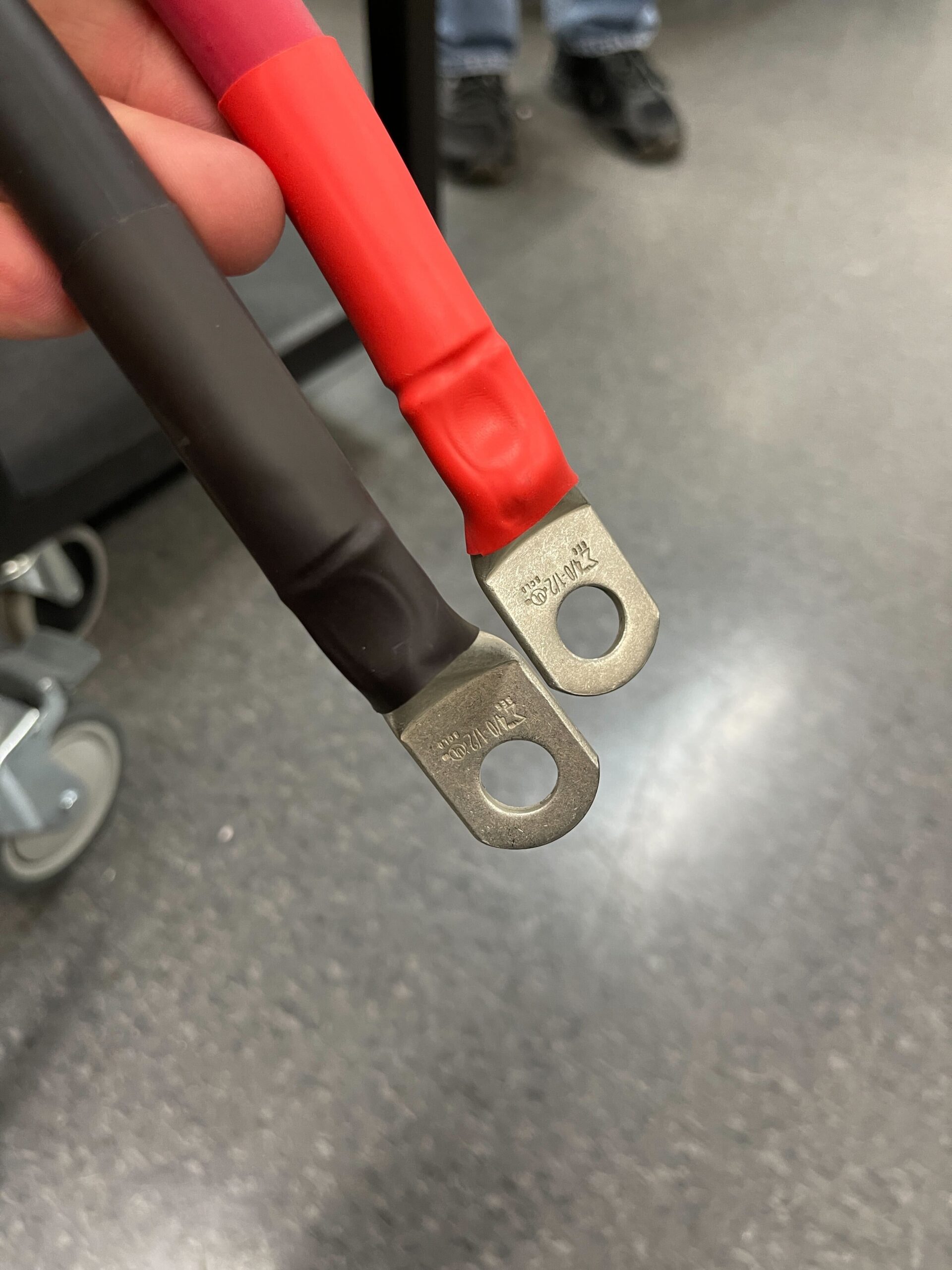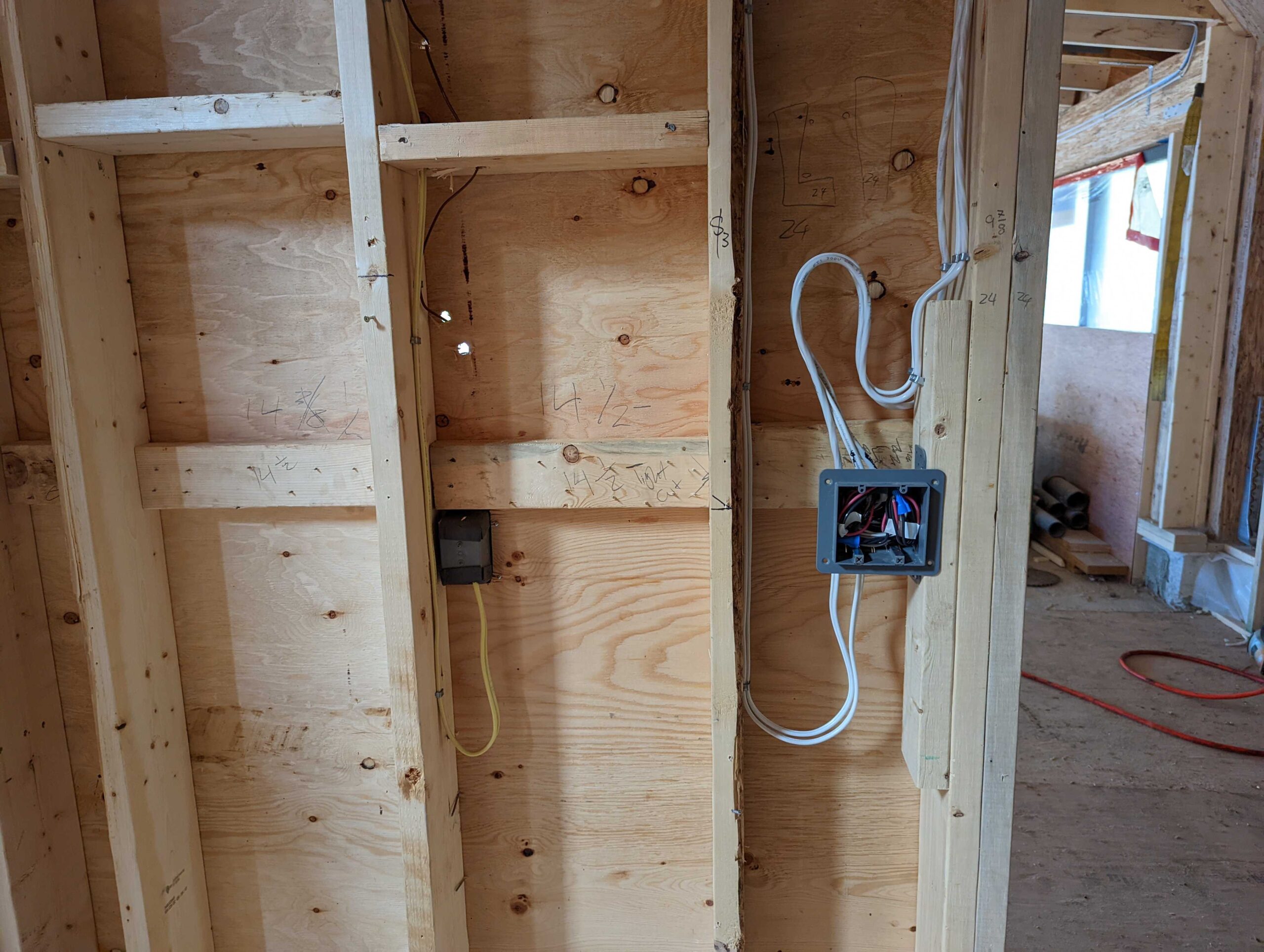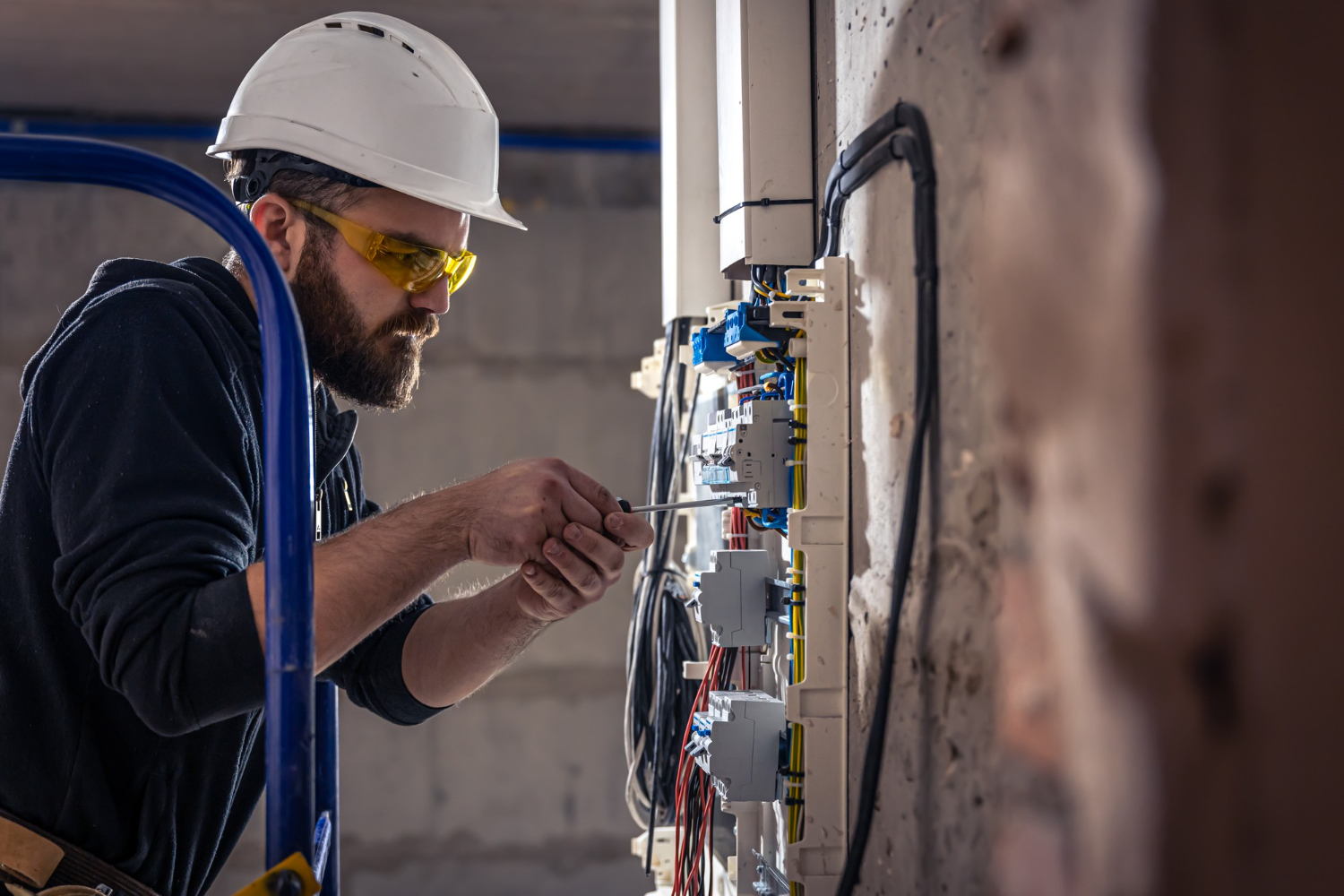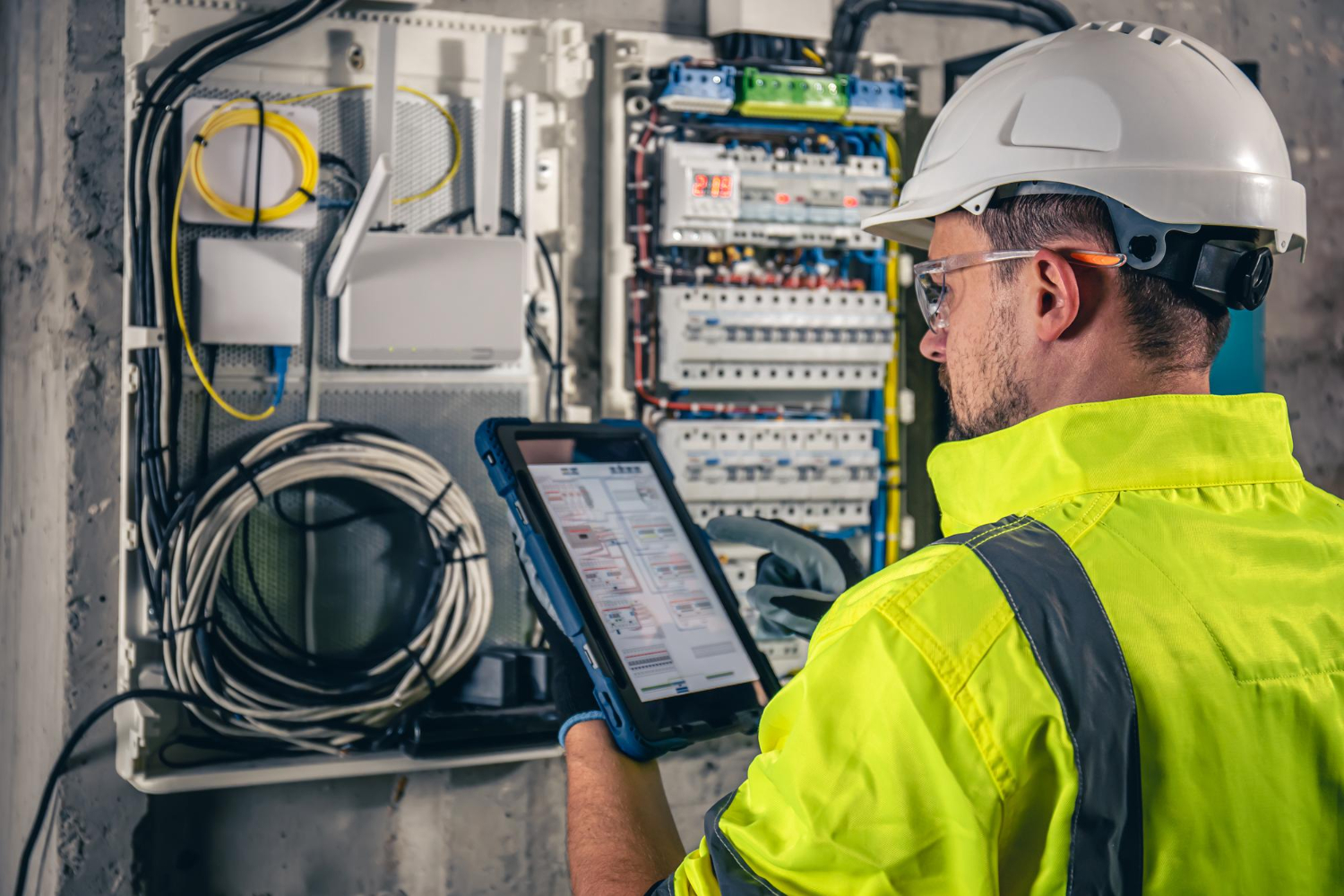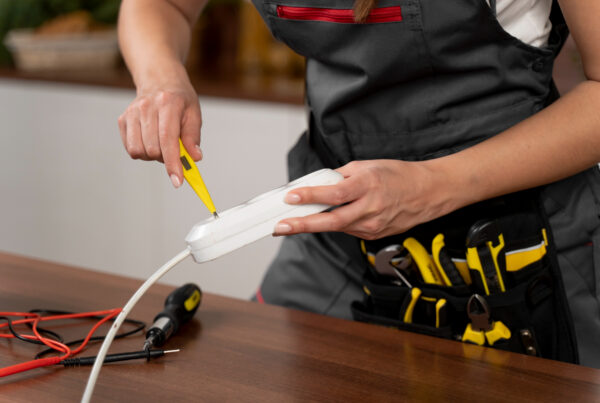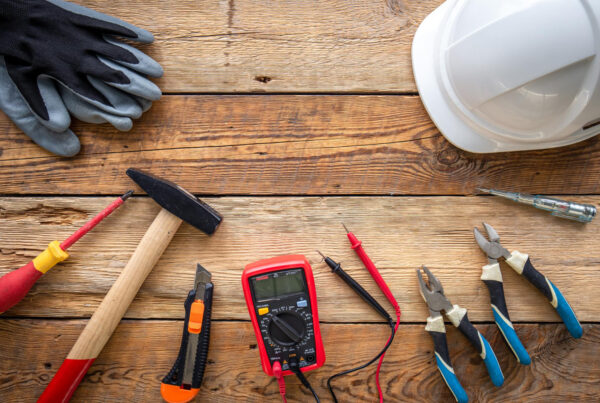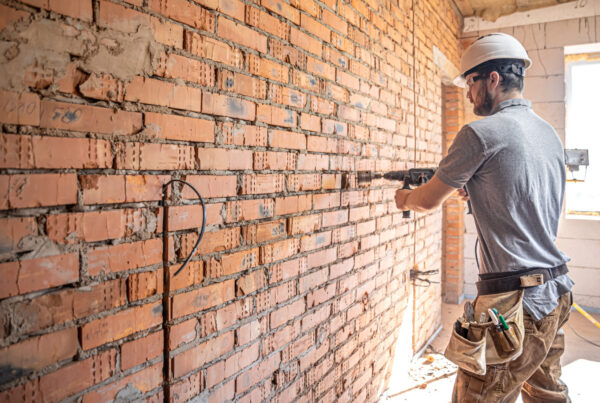When it comes to home electrical installations, it’s essential to rely on the expertise of professional electricians. These skilled professionals have the knowledge and experience to ensure that electrical systems are installed safely and efficiently. In this article, we will explore the step-by-step process that professional electricians follow to complete home electrical installations. From assessing electrical needs to providing compliance certifications, each stage plays a crucial role in delivering a reliable and functional electrical system for your home.
Assessing Electrical Needs and Requirements
Before beginning any electrical installation project, professional electricians thoroughly assess the electrical needs and requirements of the home. This involves evaluating the power demands, identifying potential areas of improvement, and understanding the specific needs of the homeowners. By considering factors such as the number of occupants, types of appliances, and future electrical needs, electricians can design a tailored electrical system.
Designing an Electrical System Blueprint
Once the electrical needs and requirements are assessed, professional electricians proceed to create a detailed electrical system blueprint. This blueprint acts as a roadmap for the installation process and includes the placement of electrical panels, outlets, switches, and other fixtures. Electricians carefully consider factors like electrical load distribution, safety regulations, and efficient wiring practices to design an optimal electrical system.
Obtaining Necessary Permits and Approvals
To ensure compliance with local building codes and regulations, professional electricians handle the task of obtaining the necessary permits and approvals for the electrical installation. We are well-versed in the legal requirements and work closely with local authorities to secure the required documentation. This step guarantees that the installation meets safety standards and avoids any potential legal issues.
Planning the Layout of Electrical Outlets and Fixtures
An important aspect of home electrical installations is planning the layout of electrical outlets and fixtures. Professional electricians strategically determine the placement of outlets to provide convenient access to power throughout the home. We consider factors like furniture arrangement, room usage, and electrical load to optimize the functionality and aesthetics of the electrical system.
In addition to considering factors like furniture arrangement, room usage, and electrical load, professional electricians also take into account the evolving needs of homeowners when planning the layout of electrical outlets and fixtures. We understand that technological advancements and changing lifestyles require flexible electrical solutions. With this in mind, electricians may incorporate extra outlets in areas that are commonly used for charging devices or installing home entertainment systems. By anticipating future needs and designing the layout accordingly, professional electricians ensure that the electrical system can adapt to the homeowners’ evolving requirements, providing them with the convenience and flexibility they desire.
Wiring and Connecting Electrical Panels
The electrical panel serves as the central hub of the electrical system, distributing power to various circuits. Professional electricians carefully wire and connect the electrical panels, ensuring that they are properly grounded and meet the capacity requirements of the home. This step is crucial for reliable and safe electricity distribution.
Once the wiring and connections of the electrical panels are complete, professional electricians meticulously label each circuit and breaker to ensure easy identification and troubleshooting in the future. By clearly labeling the electrical panel, they enable homeowners to quickly locate and isolate specific circuits during maintenance or in case of an electrical issue. This attention to detail not only enhances safety but also simplifies any future electrical work or modifications, saving time and effort for both the electricians and the homeowners.
Installing Circuit Breakers and Fuses
During the installation process, professional electricians pay special attention to installing and configuring circuit breakers and fuses. These components serve as crucial safety measures that protect the electrical system from overloads and short circuits. Electricians carefully evaluate the electrical load and specific requirements of each circuit to determine the appropriate size and rating of the circuit breakers and fuses. By selecting the right protection devices, they ensure that in the event of an electrical fault or excessive current flow, the circuit is promptly interrupted, preventing damage to the system and minimizing the risk of electrical hazards. The proper installation and configuration of circuit breakers and fuses are essential for maintaining the integrity and safety of the electrical installation.
Mounting and Connecting Switches and Receptacles
Mounting and connecting switches and receptacles is a crucial step in the process of home electrical installations. These devices play a significant role in providing homeowners with control over electrical power throughout their living spaces. Professional electricians approach this task with precision and expertise, carefully following the electrical system blueprint to ensure accurate placement and proper installation. We pay close attention to the wiring connections, meticulously connecting the switches and receptacles to the electrical system. This meticulous approach guarantees that the electrical flow is seamless and uninterrupted, allowing lights to illuminate and appliances to function optimally. Additionally, professional electricians take the time to test the functionality of the switches and receptacles, ensuring that they respond correctly to user input and provide reliable electrical access. If any adjustments are needed, skilled experts make the necessary modifications to ensure optimal performance. Ultimately, our attention to detail and commitment to excellence in mounting and connecting switches and receptacles contribute to the smooth operation and convenience of electrical systems in homes.
Running Electrical Wiring and Cables
Running electrical wiring and cables is a critical step in the process of home electrical installations. Professional electricians take great care in routing and securing the wiring, ensuring that it remains hidden, protected, and compliant with safety standards. We employ a variety of techniques and utilize specialized tools to minimize the risk of electrical hazards and guarantee the long-term functionality and reliability of the electrical system.
When running electrical wiring and cables, professional electricians prioritize safety and efficiency. We meticulously plan the routes to ensure that the wiring remains concealed within walls, ceilings, or conduits, avoiding any unsightly or hazardous exposure. By concealing the wiring, they not only enhance the aesthetics of the home but also protect it from potential damage or accidental contact.
In addition to proper routing, professional electricians make certain that the wiring is adequately secured along its path. We use appropriate clips, fasteners, or clamps to fix the wiring securely in place, preventing any unnecessary movement that could lead to wear and tear over time. By ensuring that the wiring remains stable and in its designated location, they minimize the risk of damage, electrical shorts, or loose connections.
Moreover, professional electricians adhere to safety standards and regulations when running electrical wiring and cables. We carefully select the appropriate type and gauge of wiring based on the electrical load and the specific requirements of each circuit. By using the correct wiring materials, they ensure efficient power transmission and minimize the risk of overheating or electrical failures.
Connecting and Testing Grounding Systems
Grounding is a vital safety feature in electrical systems. It provides a path for electrical currents to safely dissipate into the ground, preventing the buildup of excess electricity and minimizing the risk of electrical shocks and fires. Professional electricians understand the critical importance of a properly connected grounding system and take meticulous care when completing this task.
First, professional electricians ensure that all electrical components requiring grounding are correctly connected to the grounding system. This includes electrical panels, outlets, appliances, and other relevant equipment. We use appropriate grounding conductors, such as copper or aluminum, and ensure that all connections are secure and tightly fastened.
Once the connections are made, professional electricians proceed with rigorous testing to verify the effectiveness of the grounding system. We utilize specialized testing equipment to measure the resistance and continuity of the grounding path. By measuring the resistance, electricians can determine if the grounding system can adequately dissipate electrical currents. We aim for low resistance, indicating a solid connection between the electrical system and the grounding electrode.
Installing Smoke Detectors and Carbon Monoxide Alarms
Safety is a top priority in home electrical installations. Professional electricians install smoke detectors and carbon monoxide alarms in strategic locations to provide early warning in case of a fire or gas leak. They carefully follow manufacturer guidelines, test functionality, and ensure that these life-saving devices are interconnected and operational.
Integrating Home Automation and Smart Systems
In this digital age, home automation and smart systems have gained popularity. Professional electricians are well-versed in integrating these technologies into the electrical system. They install and configure smart switches, thermostats, security systems, and other home automation devices, providing homeowners with enhanced control and energy efficiency.
Conducting Safety Inspections and Testing
Once the installation is complete, professional electricians conduct comprehensive safety inspections and testing. They verify that all electrical components are properly installed, connections are secure, and the system meets safety regulations. This step ensures that the electrical installation is reliable, safe, and free from any potential hazards.
Providing Documentation and Compliance Certifications
Professional electricians provide homeowners with detailed documentation of the electrical installation, including circuit diagrams, safety certificates, and compliance certifications. This documentation serves as evidence of a professionally completed installation and is crucial for insurance purposes, future maintenance, and resale value.
Choose Rainforest Electrical for Expert Home Electrical Installations to Ensure Safety and Reliability
Are you ready to experience the expertise and professionalism of Rainforest Electrical for your home electrical installation? Whether you’re building a new home or renovating an existing one, we are here to ensure the safety, reliability, and efficiency of your electrical system. Trust Rainforest Electrical to provide you with top-notch service and peace of mind. Contact us today and let our team of skilled electricians take care of all your electrical needs.


